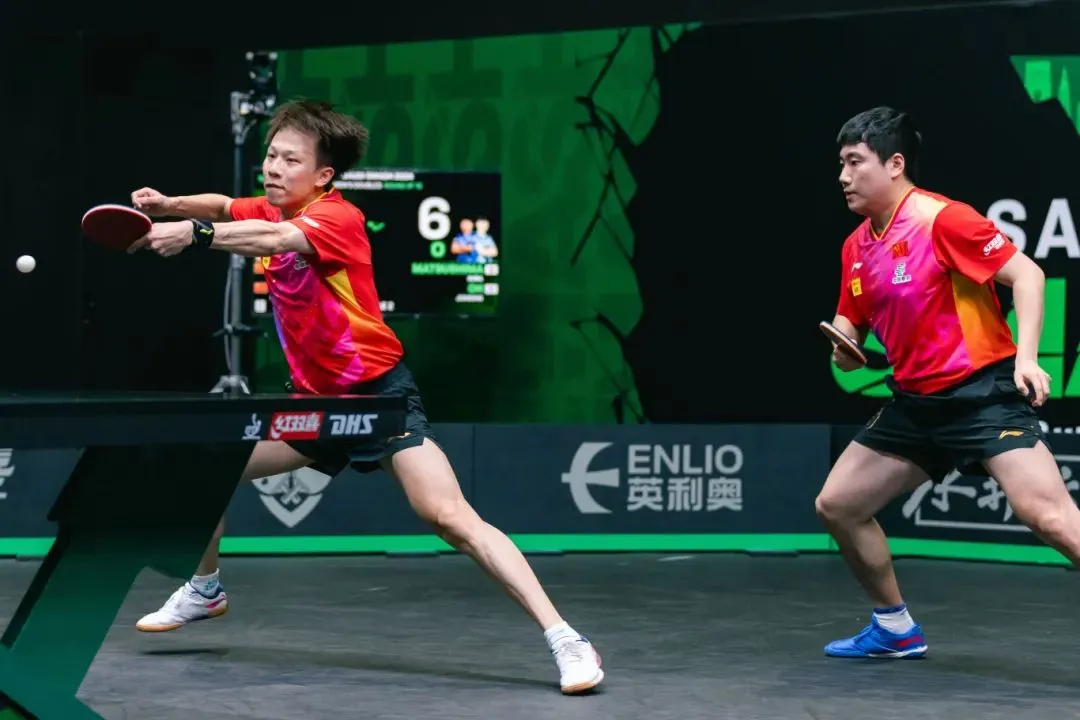Dec . 03, 2024 17:18 Back to list
Exploring Different Types of Basketball Court Surfaces and Their Benefits
Types of Basketball Floors A Comprehensive Guide
Basketball is a beloved sport played on various surfaces worldwide. The type of floor used can significantly impact the game's speed, players' performance, and even injury rates. Understanding the different types of basketball floors is crucial for players, coaches, and enthusiasts alike. In this article, we will explore the primary types of basketball floors, their characteristics, advantages, and suitable applications.
1. Wooden Floors
Description Wooden floors are the traditional choice for professional basketball courts. They are typically made from maple, which is known for its strength and shock absorption qualities.
Advantages - Shock Absorption Wood provides excellent shock absorption, which helps reduce the impact on players' joints during intense games. - Traction and Grip Wood surfaces offer a high level of traction, allowing players to make quick pivots and cuts without slipping. - Aesthetic Appeal Wooden floors are visually appealing and often feature professional-grade finishes that enhance their appearance.
Applications Wooden floors are commonly found in gyms, arenas, and college or professional basketball courts. They are ideal for indoor play due to their stability and performance attributes. However, they require regular maintenance, including refinishing and sealing, to keep them in top condition.
2. Synthetic Floors
Description Synthetic basketball floors are made from various materials, such as vinyl or rubber. These surfaces are engineered to mimic the properties of wood while offering several practical advantages.
Advantages - Durability Synthetic floors are highly resistant to wear and tear, making them suitable for high-traffic areas. - Low Maintenance Unlike wooden floors, synthetic surfaces require minimal upkeep, often needing just regular cleaning. - Weather Resistance Many synthetic floors can be used both indoors and outdoors, offering flexibility for different playing environments.
Applications You will often find synthetic floors in recreational facilities, schools, and multi-purpose sports complexes. Many gymnasiums choose these surfaces for their resilience and adaptability, especially in settings where multiple sports are played.
3. Concrete Floors
types of basketball floors

Description Concrete floors are often used for outdoor basketball courts. They are a cost-effective solution for various public spaces.
Advantages - Affordability Concrete is less expensive than wood or synthetic flooring, making it accessible for community courts and outdoor setups. - Longevity Properly maintained concrete surfaces can last many years, enduring various weather conditions.
Applications Concrete floors are commonly seen in urban parks, driveways, and recreational areas. While they are durable, concrete surfaces can be unforgiving; the lack of shock absorption increases the risk of injury, making them less ideal for high-level competitive play.
4. Multi-Sport Floors
Description Multi-sport floors are designed to accommodate various sports, including basketball, volleyball, and futsal. These flooring systems often combine different materials to suit multiple athletic needs.
Advantages - Versatility The design allows facilities to host various sporting events, making them ideal for multi-use gyms. - Customizable Surface Depending on the sport being played, floors can be adapted or modified to enhance performance.
Applications Multi-sport floors are popular in community centers and gyms where diverse activities are facilitated. They promote an inclusive environment where multiple sports can be played without compromising each sport’s unique requirements.
Conclusion
Choosing the right basketball floor involves understanding the advantages of each type of surface and how they can cater to different needs. Wooden floors provide a traditional, high-performance option ideal for competitive play. Synthetic surfaces offer durability and low maintenance, while concrete floors offer affordability for public spaces. Finally, multi-sport floors present versatility, accommodating various athletic activities.
Selecting the appropriate basketball floor can significantly enhance the game experience for players and fans alike, ensuring safety and performance are prioritized. As basketball continues to grow in popularity, an informed choice about flooring will undoubtedly play a vital role in the development and enjoyment of the sport.
-
Sport Court Tiles with AI Innovation | Durable & Safe
NewsAug.01,2025
-
Vinyl Carpet Flooring | Durable & Waterproof Design
NewsJul.31,2025
-
Premium Basketball Board Stand with GPT-4-Turbo AI
NewsJul.31,2025
-
Premium Maple Flooring for Gyms & Homes | PVC & Vinyl Options
NewsJul.30,2025
-
Premium Outdoor Basketball Court Tiles for All Weather Use
NewsJul.30,2025
-
Durable Basketball Board Stand for Indoor & Outdoor Use
NewsJul.29,2025

